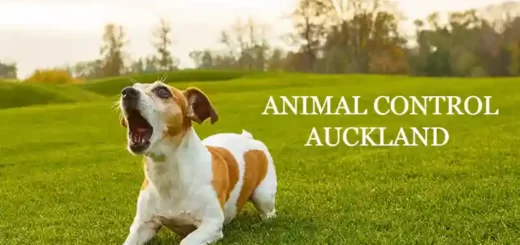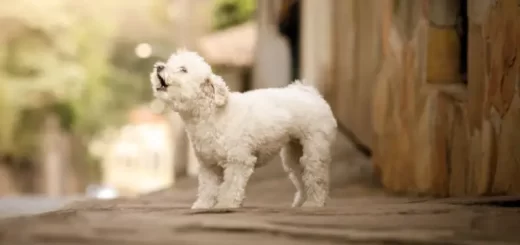Most dog related injuries happen to children, in their own home or the home of a relative or a friend and by a dog that they know.
When a dog is around, small children should be supervised at all times. They can unwittingly provoke an attack by attempting to take a bone or toy away from a dog, or by tugging and pulling or even attempting to cuddle a dog.

Dogs may also get excited by childrens’ games. This may result in a child being knocked to the ground, jumped at or chased.
Instinctively a dog may try to dominate a child because of the child’s small size.
With these points in mind, children should be taught basic safety habits around dogs, with parents and caregivers showing the way.
Dogs & Toddlers
Toddlers are especially vulnerable because of their small size, and lack of understanding of risks and verbal instructions. As a result they should be closely supervised at all times around dogs.
A toddler should not be allowed to be around dogs, (including puppies) without adult supervision.

In addition they should not be allowed to put their face down to a dog’s face, or to hug or kiss it. Neither should they play with a dog’s food, feeding bowl, toys or bedding.
Parents and caregivers should ensure that toddlers do
not wander into neighbouring properties where there
may be dogs present.
School Age Children
School age children may put themselves at risk without thinking. They might be quite unrealistic about dogs and not appreciate the risk of being bitten – even by the family pet. For this reason, parents and caregivers should be sure to supervise children and dogs when they are together,
and correct any unsafe behaviour.
School age children should be taught basic dog safety at a pace they can handle including:
- •how to play with and around dogs
- •what to do around dogs
- •how dogs react in certain situations
- •what to do if they are worried about a dog
- •asking the owner if they want to pat a dog


